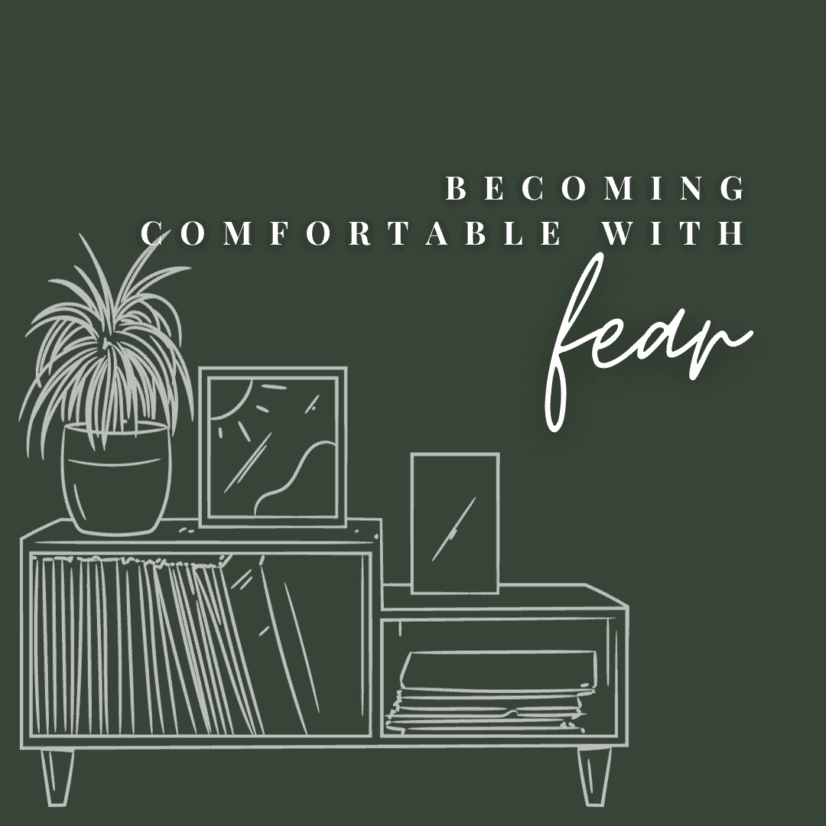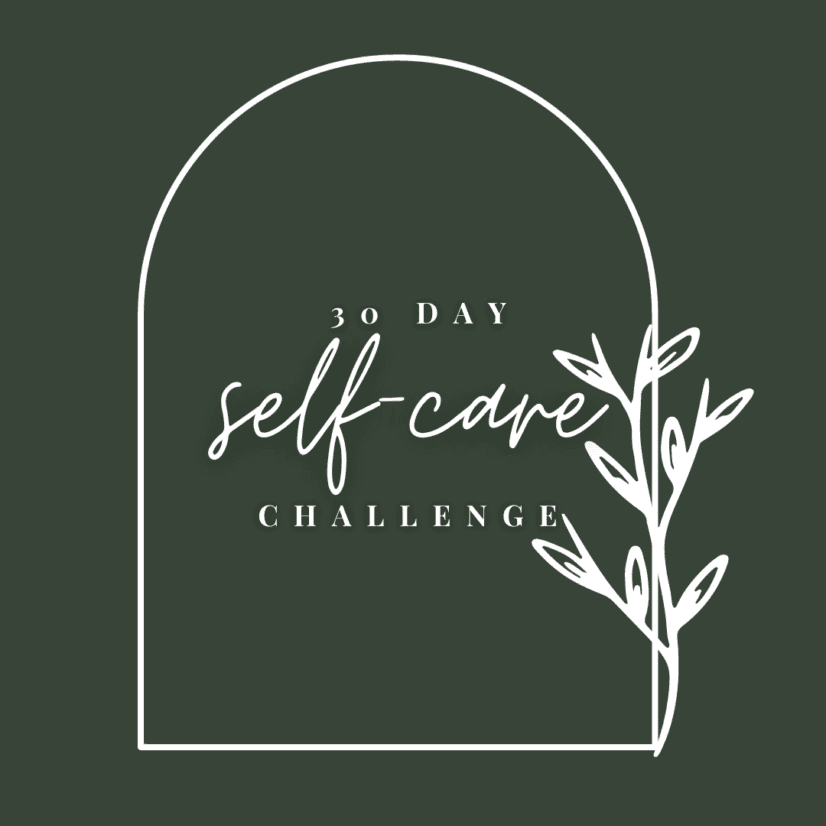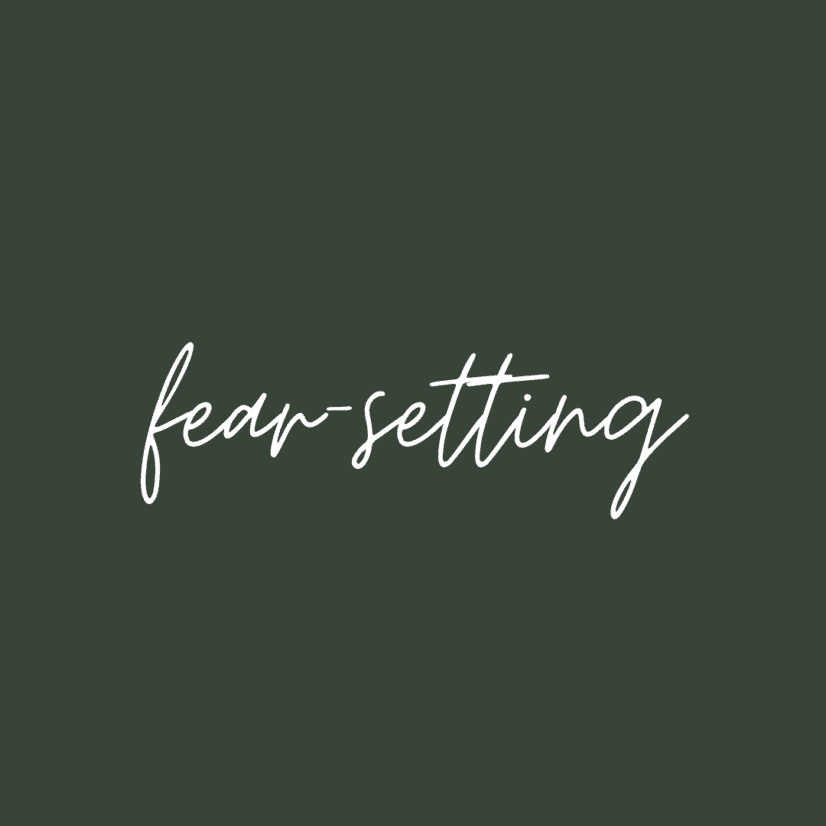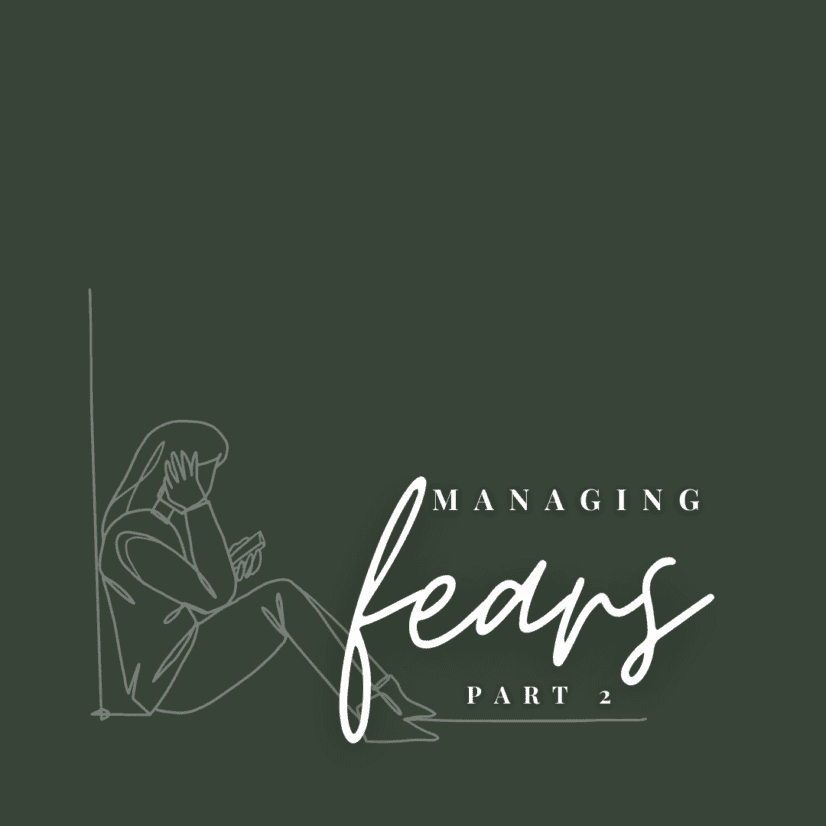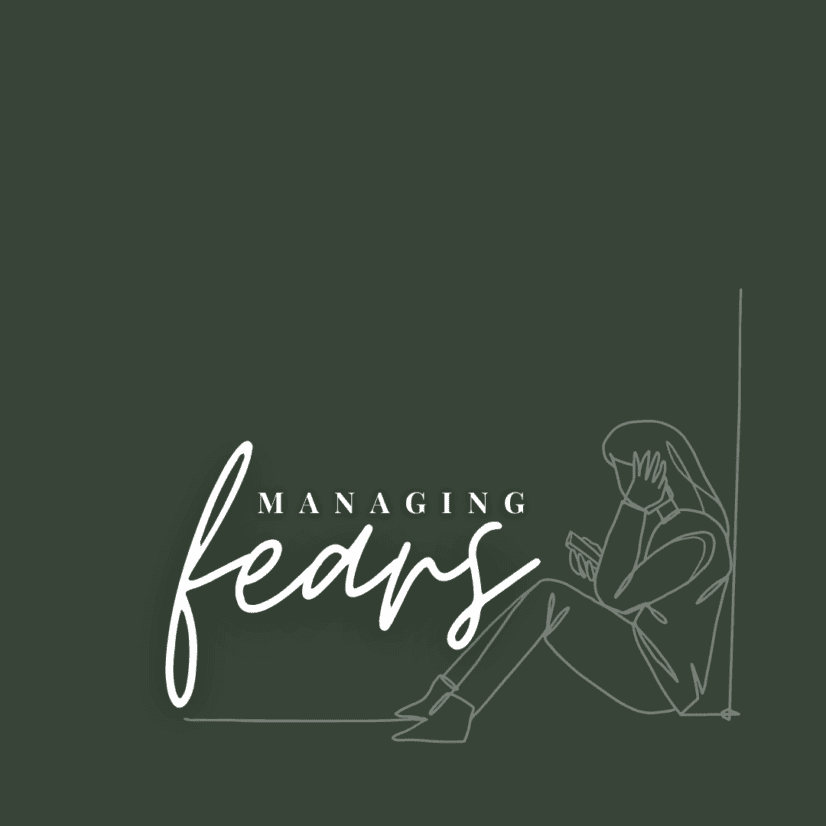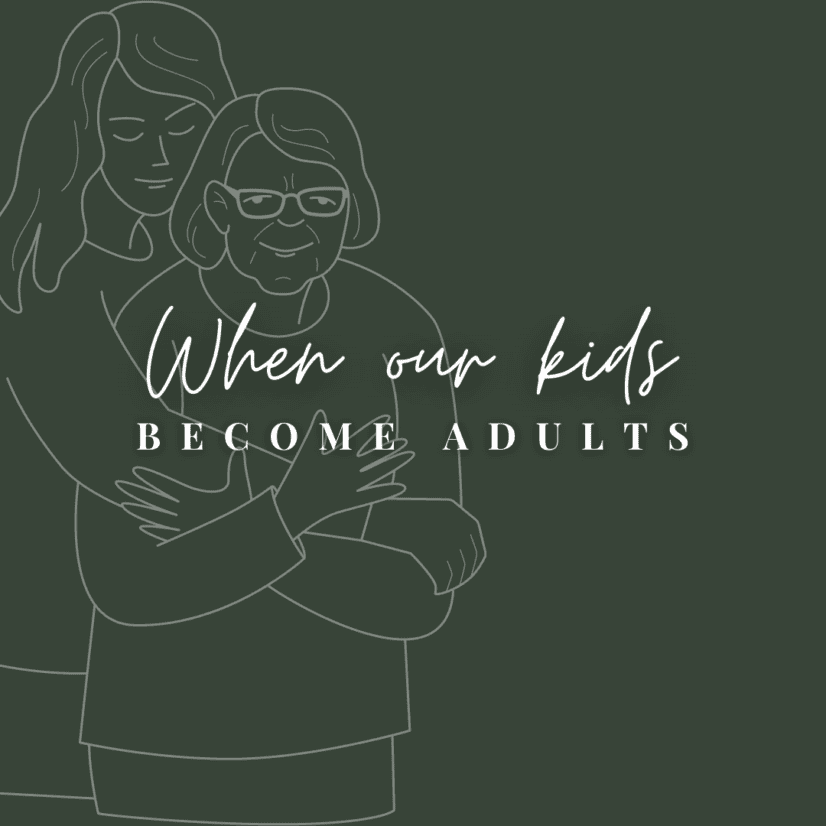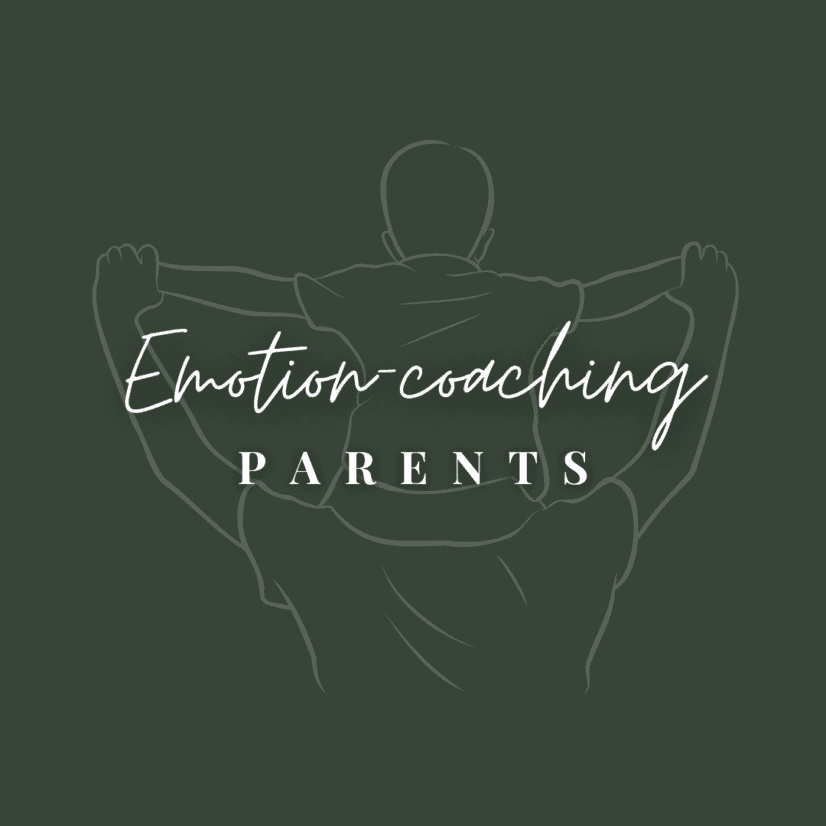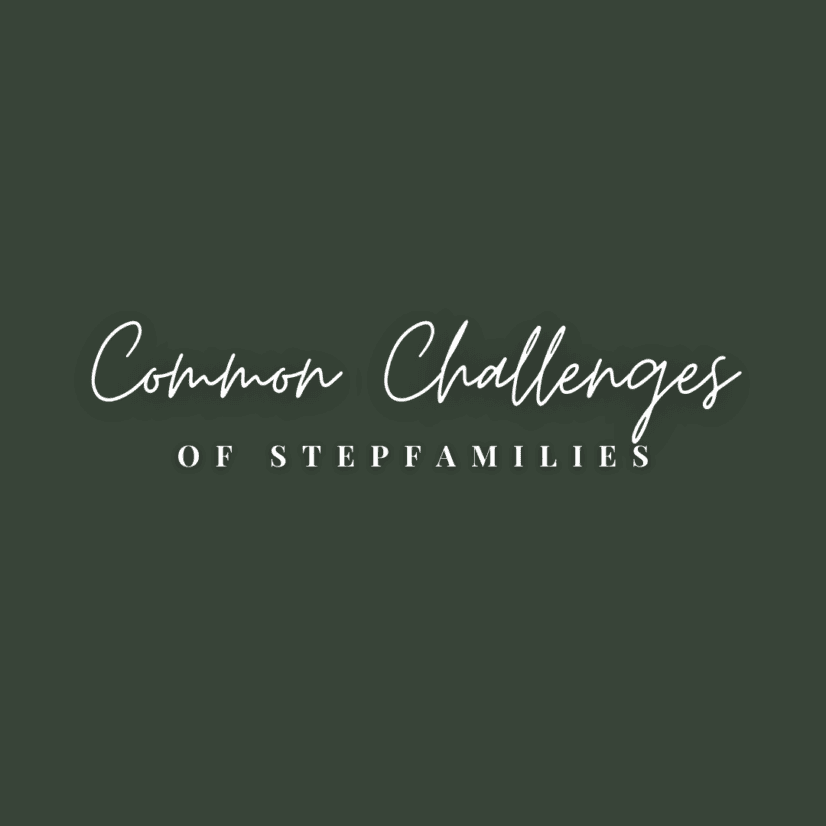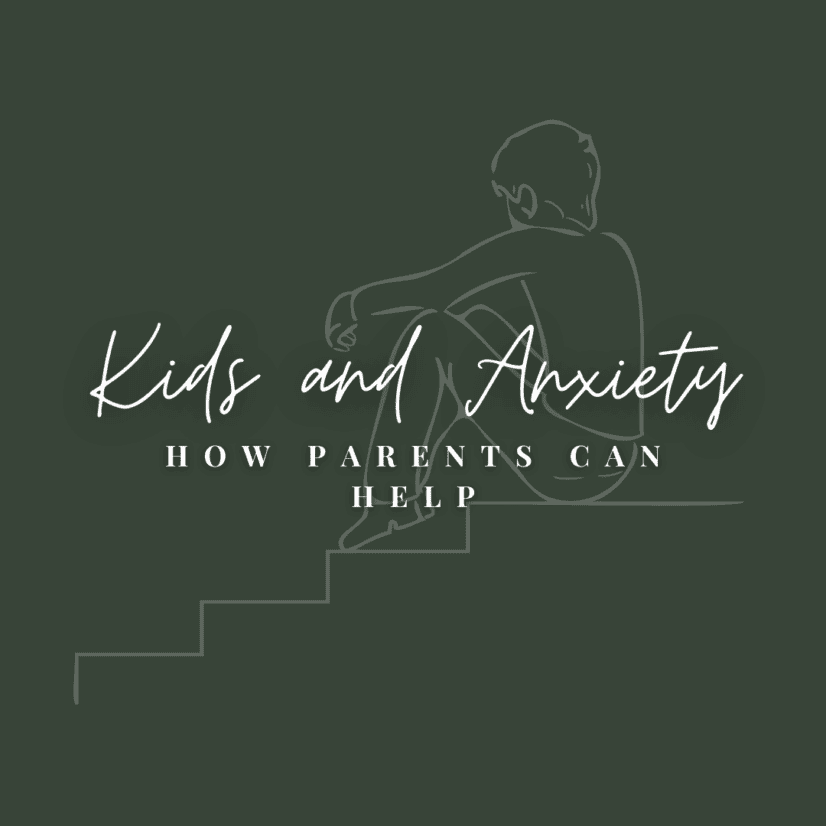Confronting fear eventually requires us to learn to be comfortable with the discomfort that it ultimately brings us.
After School Meltdowns
An after-school meltdown may be your child releasing their pent up mental, physical and emotional energy after a full day of needing to exercise a lot of self-control.
30 Day Self-Care Challenge
I believe self-care involves stepping into holistic wellness, noting habits and choices that build us up, give us energy, and help us participate in our lives well.
Fear-Setting
If you looked at the title of this blog and thought “What is fear-setting?” you are probably not alone. This was a foreign concept to me as well before I recently watched Tim Ferriss describe fear-setting in his TED Talk, “Why You Should Define Your Fears Instead of Your Goals”.
Managing Fears – Part 2
A good way to manage fear responses is to maintain regular, consistent self-care practices when we are not in fearful situations.
Managing Fears
When it comes to managing fear, it is important to know that there are different types of fears. They can be real, imagined, or perceived.
When Our Kids Become Adults
There can always be clearer communication and deeper understanding between parents and children. Parents appreciating their adult children for the wisdom they have can assist the relationship in those areas.
Emotion-Coaching Parents
Emotion-coaching parents are those who see their child’s emotional reaction as an opportunity to engage with them, honor the emotion, and coach them through the accurate and appropriate expression of the emotion – especially the negative ones.
Common Challenges of Stepfamilies
In her book, “Surviving and Thriving in Stepfamily Relationships: What Works and What Doesn’t,” Patricia Papernow, EdD, discusses the five common challenges that a stepfamily can face and offers some straightforward guidance to help address them.
Kids and Anxiety: How Parents Can Help
While it may be difficult for an adult to understand the fears of young children, those anxieties can seem very real and scary particularly to a child between the ages of three and six. As a parent, the best approach you can take in helping to soothe your child’s fears is to first model calmness and reassurance.

